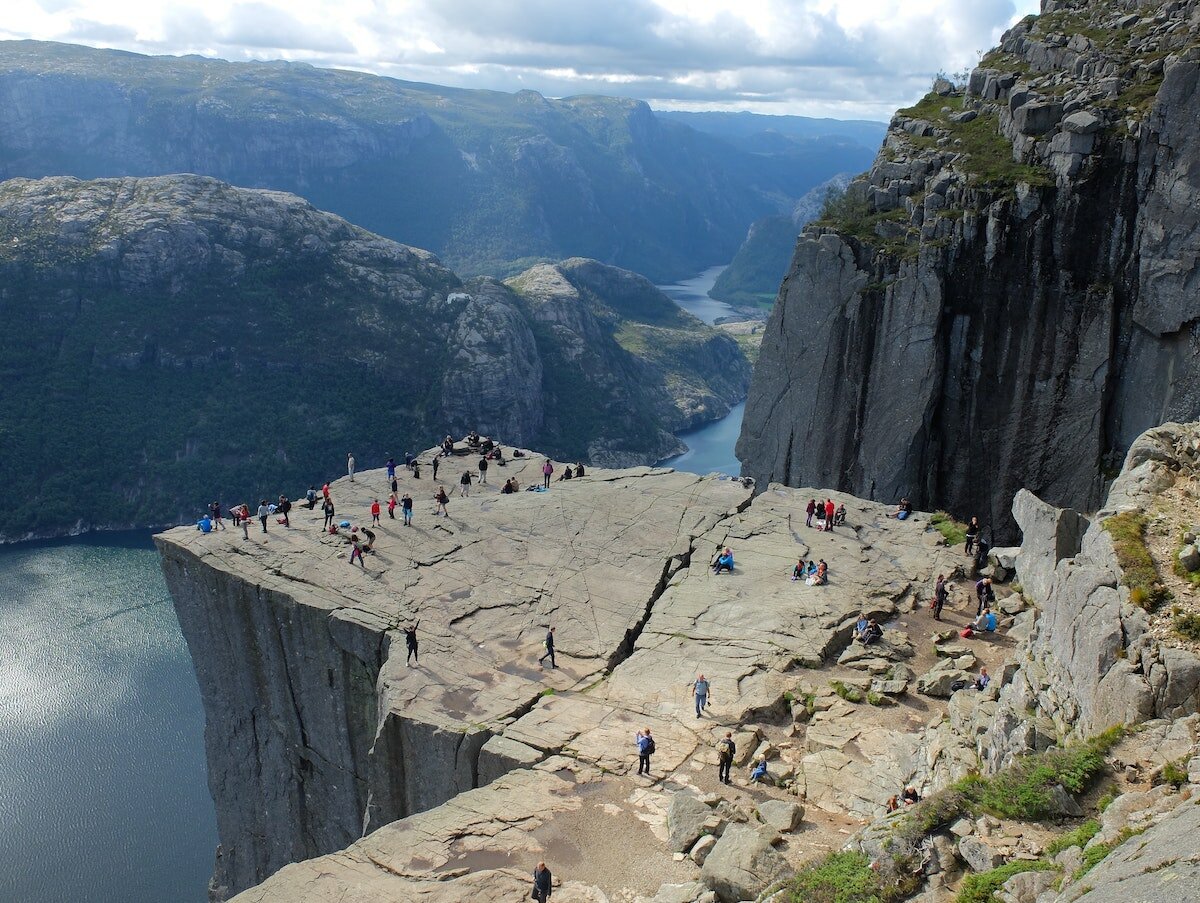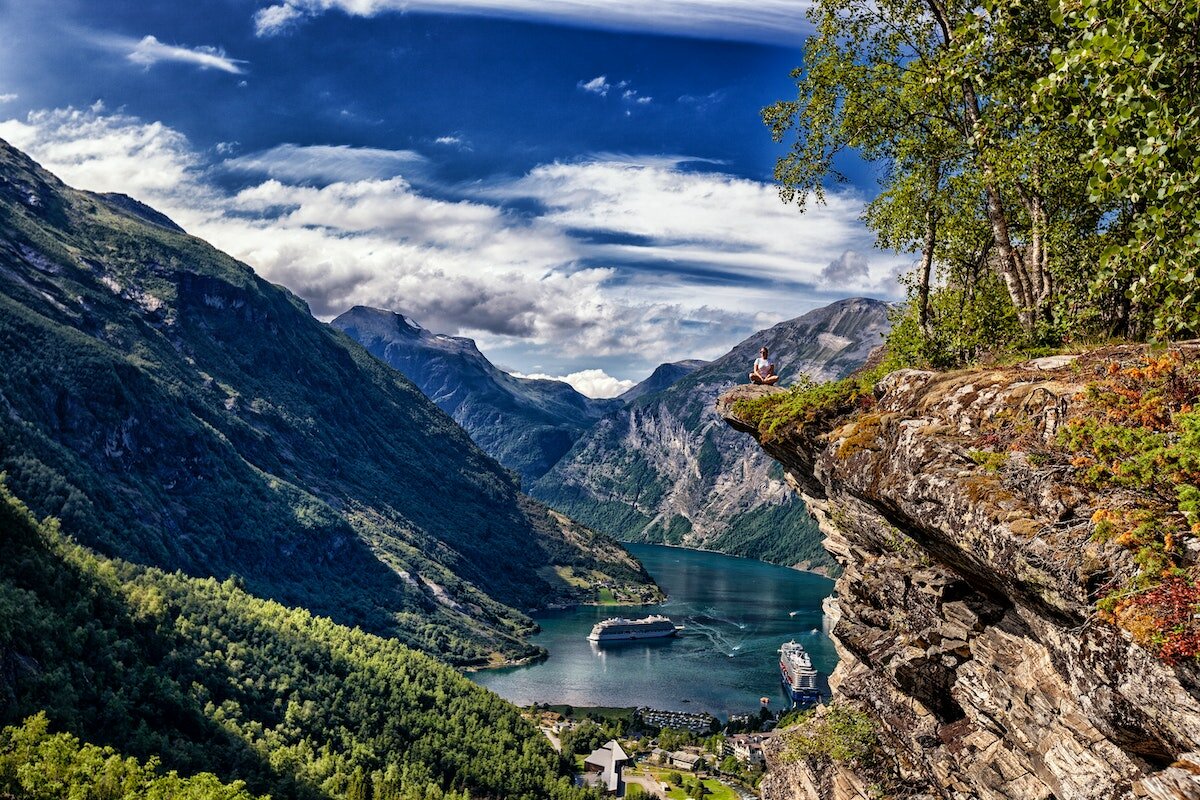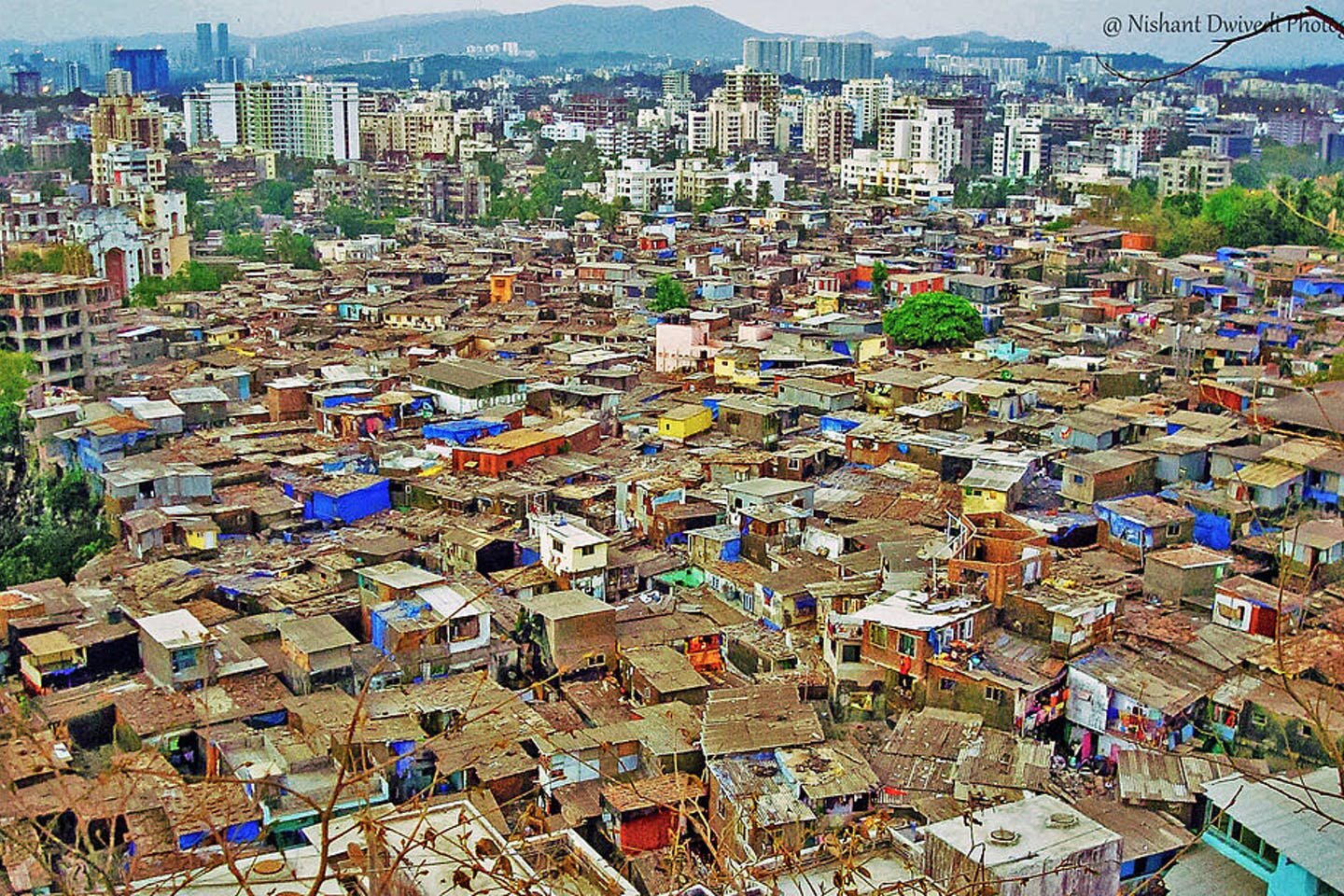As the world reopens after its COVID-induced coma, tourism industries worldwide are expecting a surge in the number of tourists jetting around the world for a long-awaited holiday. Tourism is often a valuable part of national and local economies, yet it can have an exploitative nature. But with the growth of environmental and socially conscious tourism, it is clear that tourists nowadays want a more sustainable experience that benefits not only bank accounts but the local communities and natural environments visited. Norway, for example, is blazing a path by providing many socially and environmentally conscious tourism experiences that are also good for business.
Nature of modern tourism changing
Gone are the days when the only things people want from a holiday are suntan and hangover. The nature of modern-day tourism is rapidly changing. In a word, the industry, the world over, wants to become more
“sustainable.”
Sure, this is one of the buzzwords that get thrown around all the time but, in this context, it means that both environmental and social concerns are underpinning not only where people travel to – but also how they get there and what they do once they arrive.
A growing environmental and social conscience
One of the more interesting effects of closed borders, national lockdowns, and COVID-era restrictions has been the reduction in the worldwide carbon footprint. With huge fleets of aircraft grounded, tourists either had to pay a beyond-premium price to be squashed into cattle class or find other alternatives. Consumers now can offset their carbon footprints with a small fee whacked onto their airline ticket. Trains, buses, and other collective forms of transport have also become popular.
As globalization marches forever onwards, and with the help of the internet, people are becoming more culturally knowledgeable and sensitive. One of life’s great joys is that moment when you stand in a country where the language, culture, religion, landscape, and/or even food is completely different to what you know. Foreigners want to know just where exactly tourist kroner (or real, rupee, rand…) ends up.

Norway’s tourism industry trying to cash in on “green” image
The tourism industry in Norway is rapidly changing too. This country is one of those paradoxes where the governing classes, and indeed society at large, are world leaders in everything progressive, from immigration policies, across gender relations, to environmental policy. However, it is also a country that has been made rich by extracting and exporting fossil fuels. Nonetheless, the tourism sector is desperately trying to cash in on sustainability and promote Norway as a land of eco-friendly tourism.
Visit Norway (the main tourism branch of the government) has worked hard on presenting Norway as a world leader in sustainable tourism. Its website has a whole section dedicated to “Green Travel” with “green” hotels, eco-friendly activities, and even seven “sustainable adventures” – including skiing at the world’s first alpine resort with a “C02 neutral operation.”
It has worked, most pertinently, with local communities to establish a plethora of “Sustainable Destinations” nationwide. Reviewed every three years, a location can hold this title if there is a presence of sustainable development in “the environment, the local community, the cultural heritage, and the economy.”
Huge source of income and employment for many countries
The world over, tourism accounts for a significant amount of nations’ national accounts every year. Despite the effects of COVID-19 on travel, the tourism industry worldwide, in 2020, was valued at USD 1.5 trillion. To put this amount into context, this value is about the size of the Australian economy or about three times the size of Norway’s. In Norway, tourism generated some USD 7 billion (slightly under 2% of the Gross Domestic Product) in 2019 – the last “normal” year before COVID-19 spread.
Tourism also directly employs a huge swathe of people, both directly and indirectly, in multiple industries ranging from hospitality and entertainment to education and manufacturing (someone has got to build those airplanes). Throughout the “Global South,” tourism represents the major, if not only, source of national income and employment.

A new lease of life for rural and regional Norway
Back here in Norway, both the Western and Northern regions of the country are also heavily reliant on tourism. As mainstay industries, like fishing or manufacturing, have dried up over the past half century, tourism has now given a new lease of life to these regional and rural places.
For the west coast of Norway, the fjords have become big business. Local communities from Kristiansund to Kristiansand have seen influxes of tourists, often coming in on cruise ships. As a result, whole sectors of local economies have gained employment and income by catering to their new visitors.
When the days become longer and colder, tourists are keen to head beyond the Arctic Circle to witness the majesty of the Aurora Borealis. In places like Tromsø, there are many activities, including whale-watching cruises, dog sledding, and even staying in a traditional Saami goathi (a tent-like abode), which have popped up to cater for those chasing the Northern Lights.
Without tourism, one wonders how some of these remote, isolated, and small villages, towns, and settlements would both economically and socially thrive and survive.
Economic exploitation can occur daily in the tourism industry
There is, unfortunately, quite a fine line between the economic benefits of tourism and sheer exploitation. With an estimated 800 billion people worldwide living on less than USD 1.25, what some would spend on a holiday lunch is perhaps more than what others make in a week – or even a month.
For many that are employed in the tourism industry, exploitation occurs everyday. Low wages, long hours, unhealthy working conditions, and little job security are among features of everyday employment. In many countries, workers are also not unionized, which further adds to oppression and ill treatment.
It can be hard to know where the money being spent by tourists on holiday flows and if it actually has a positive impact on local communities.

The dilemma of the growth of “poorism”
Given the growing social conscience that many tourists now possess, a whole new tourism sector has popped up. “Poorism” is a sector that involves bringing tourists into impoverished areas. For example, one can now tour the shanty towns in Nairobi, slums in Mumbai, and favelas in Rio De Janeiro. Many tour operators claim that these tours, through the fees paid, flow back into these communities and are a source of income.
Yet this growth in “poorism” represents a moral dilemma. If money doesn’t directly benefit these local communities, or if the motives behind wanting to visit are simply to witness rather than help, then these tours, this whole segment of tourism in fact, is nothing more than a voyeuristic indulgence of those tourists with better economic situations. The last thing many of these communities need are busloads of tourists wandering through treating their life as a sort of modern-day human zoo.
“Voluntourism” can help local communities
“Voluntourism” is also on the rise. The growth of “voluntourism” – volunteering whilst on holiday – is becoming popular for tourists who wish to try to help social and economic inequalities.
Having visited Mazatlan, a city on the Pacific Coast of Mexico popular with American and Canadian tourists escaping the winter, in 2020, I had no idea about the good work an organization called the Vineyard Ministry is doing. The Ministry runs a tour whereby tourists can volunteer to make food and drinks for locals who scrounge at the rubbish dump. Here, less fortunate locals are treated with dignity and respect rather than just being gawked at.
Here in Norway, volunteering is a deep part of social and communal fabric. The word dugnad (voluntary work) was voted the 2004 Word of the Year in a poll run by NRK. Though Norway has a relatively prosperous society, “voluntourism” is slowly becoming popular within the tourism industry here, too. For example, the Worldwide Opportunities for Organic Farms Organization (WWOF) has 96 farms in Norway where tourists can stay on an organic farm and immerse themselves in local communities with a mix of project work and education experience.
Work still needs to be done
The tourism industry, both here in Norway and globally, is big business. It accounts for an important source of income and employment worldwide. However, the economic benefits should not come at inhumane costs. In a number of ways, exploitation can be common in the industry, and tourists need to be aware that simply spending money doesn’t guarantee benefits to local communities.
Here in Norway, the tourism industry is keen to flaunt its sustainable image worldwide. Regulations have been tightened, for example, for tourist fishing but much still has to be done to offset the carbon footprints of the hundreds of cruise ships that enter pristine fjords every year. Tourism presents both economic possibilities for many but can also exploit populations and environments. It can be tricky to find tourism that is truly socially and environmentally sustainable, but that should be the inevitable future. It is up to us to make that future a reality.
The opinions expressed are those of the author and are not held by Norway Today unless specifically stated.
About the author:
Jonathan is a lover of the written word. He believes the best way to combat this polarization of news and politics, in our time, is by having a balanced view. Both sides of the story are equally important. He also enjoys traveling and live music.
Source: #NorwayTodayTravel
Do you have a news tip for Norway Today? We want to hear it. Get in touch at [email protected]






Be the first to comment on "Tourism is often a fine line between exploitation and economic benefit. Where does Norway stand?"